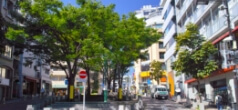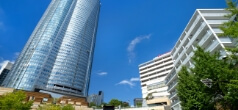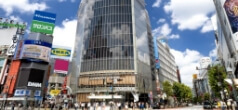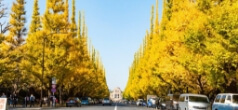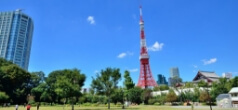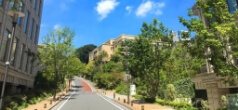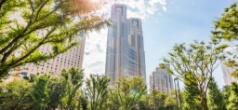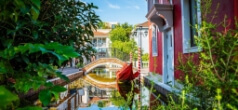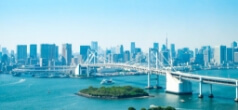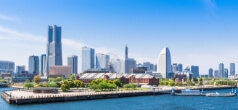Shibuya/Yoyogi/Shimokitazawa
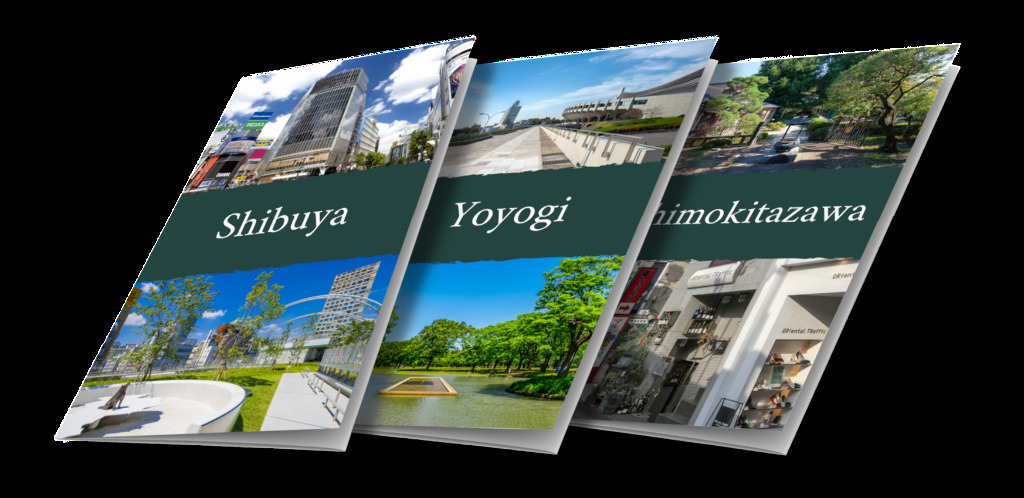
Shibuya

Shibuya is Tokyo's 2nd largest shopping district after Shinjuku. A go-to neighbourhood for entertainment, fashion, and both local and international cuisines. It’s also home to the iconic Shibuya Scramble Crossing that represents Shibuya. Shibuya Station and surrounding areas are currently under major redevelopments to be completed around 2028. Several new skyscrapers have already opened over recent years and become landmarks of Shibuya.
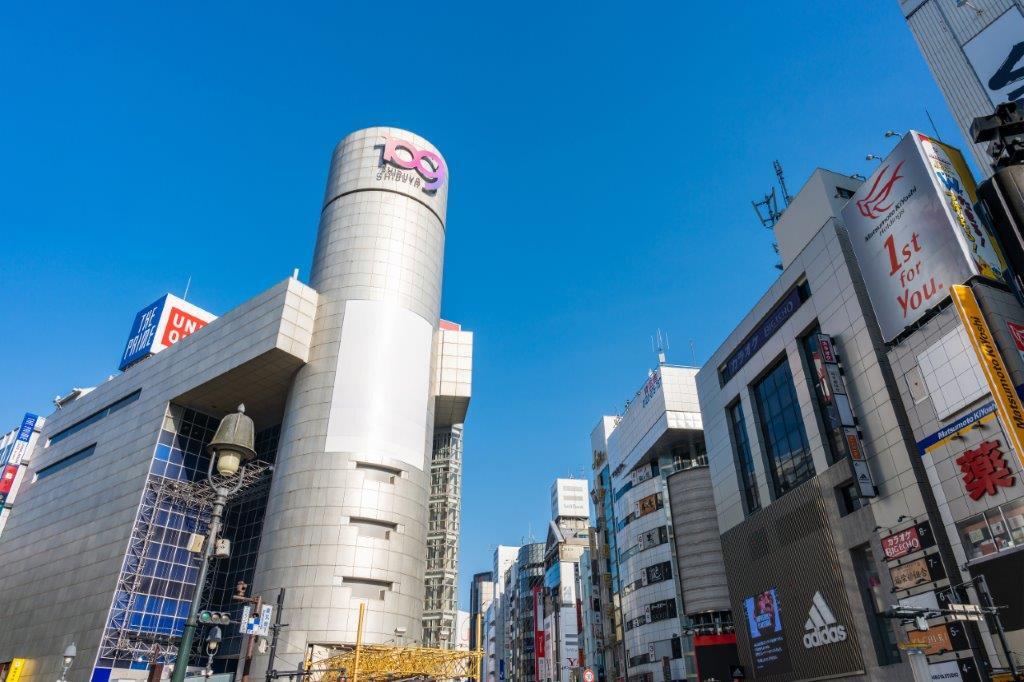
Shibuya 109, a famous shopping mall for young women with over a hundred shops on ten floors, symbolises Shibuya's edgy fashion trends and subcultures, remaining popular amongst Japanese and foreign celebrities.
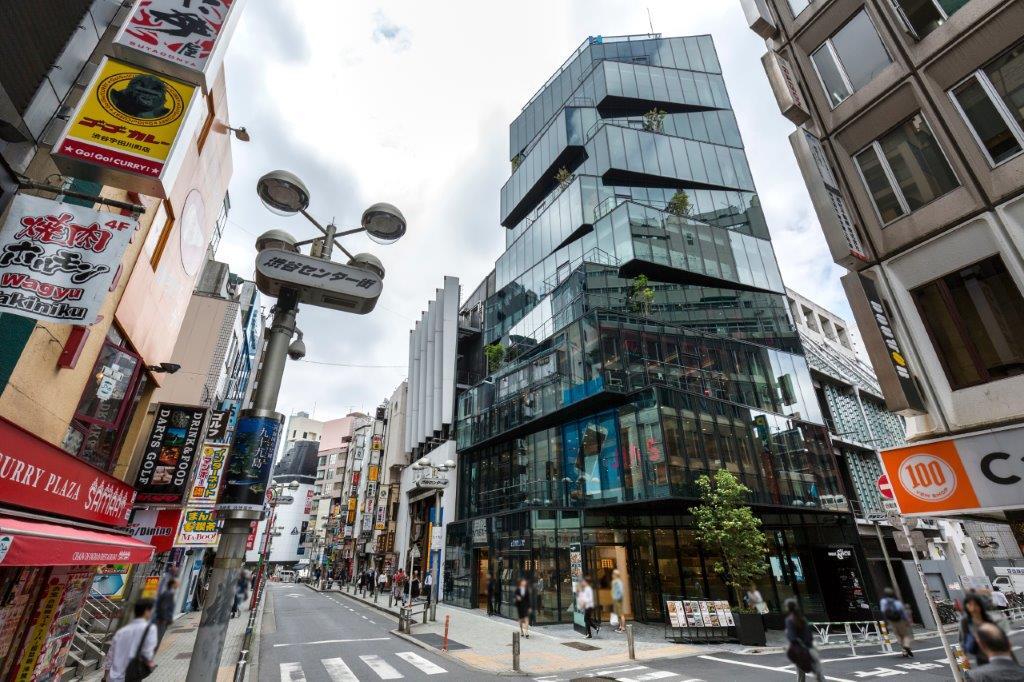
Centre-Gai (Centre-Street) is a busy street in the centre of Shibuya, being the centre of youth fashion and culture, lined by stores, boutiques, cafes, restaurants, karaoke and arcades. In the evenings, the street is crowded with young people heading to bars, pubs, night clubs and restaurants.
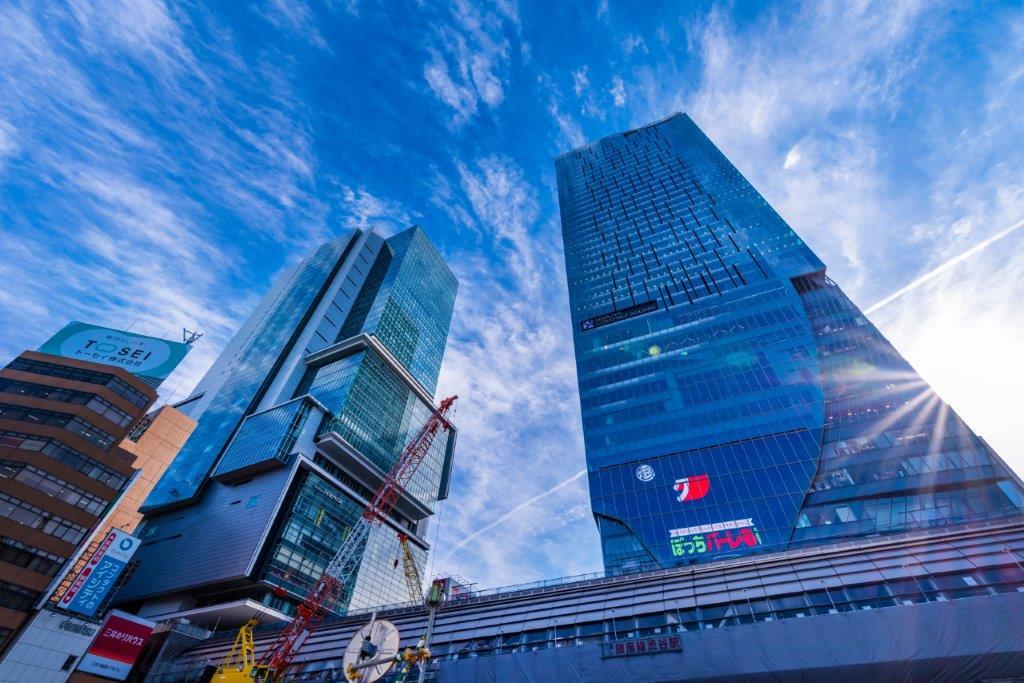
SHIBUYA HIKARIE is a high rise complex opened in 2012, located just east of Shibuya Station. Upper floors are for office use apart from a theatre and exhibition floors, but you can enjoy shopping and dining on its lower floors.

Opened in 2018 on the quieter side of Shibuya, SHIBUYA STREAM boasts a variety of quirky food establishments, event halls, hotels and the offices of the Google Japan headquarters.

Opened in November 2019, SHIBUYA SCRAMBLE SQUARE is a 230 meter skyscraper standing above Shibuya Station. The open sky deck on the top floor is a famous instagrammable spot to take pictures, whilst its lower 14 floors offer cafes and restaurants.
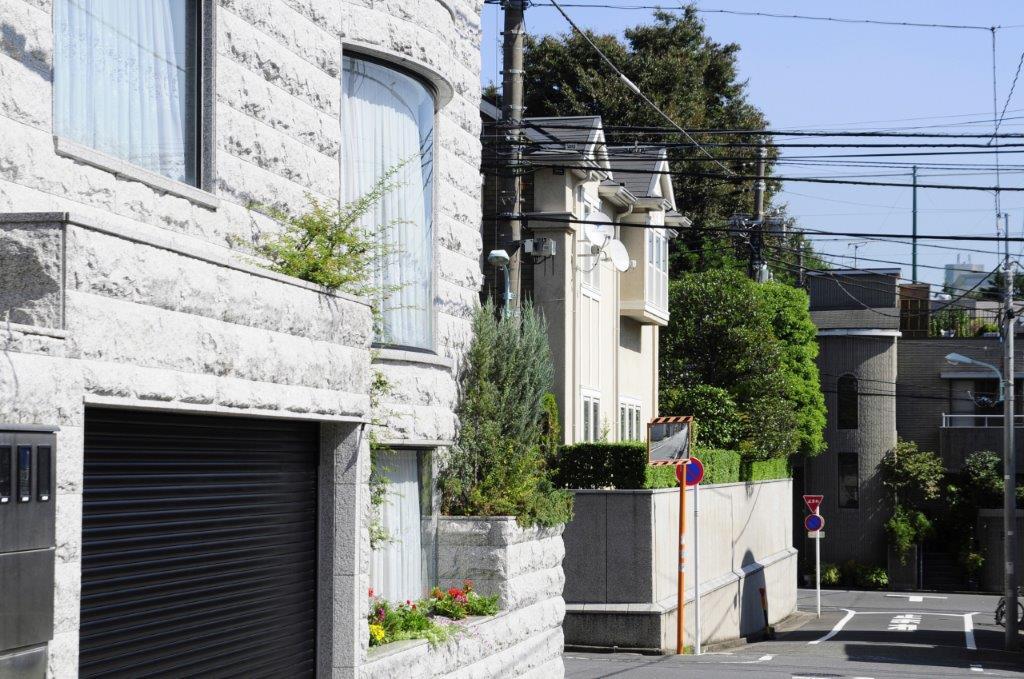
Shibuya is mostly a commercial district full of hustle and bustle. But there is also a very elegant and quiet residential neighbourhood called “Shoto” with many high-end large houses and low-rise apartments. It has some embassies, schools, and a nice park with a pond “Shoto Nabeshima Park”, offering a calm and peaceful atmosphere whilst being only 10 ? 15 min walk away from the main commercial district. The land value and average rent is very high, and there are many mansions owned by celebrities and politicians as well.
ACCESS
- Shibuya station on “JR Yamanote” line, “JR Saikyo” line, “JR Shonan-shinjuku” line, “Keio Inokashira” line, “Tokyu Toyoko” line, “Tokyu Denentoshi” line, “Ginza” line, “Hanzomon” line & “Fukutoshin” line
- Shinsen station on “Keio Inokashira” line
- Yoyogi-koen station on “Chiyoda” line
- Yoyogi-hachiman station on “Odakyu” line
Yoyogi
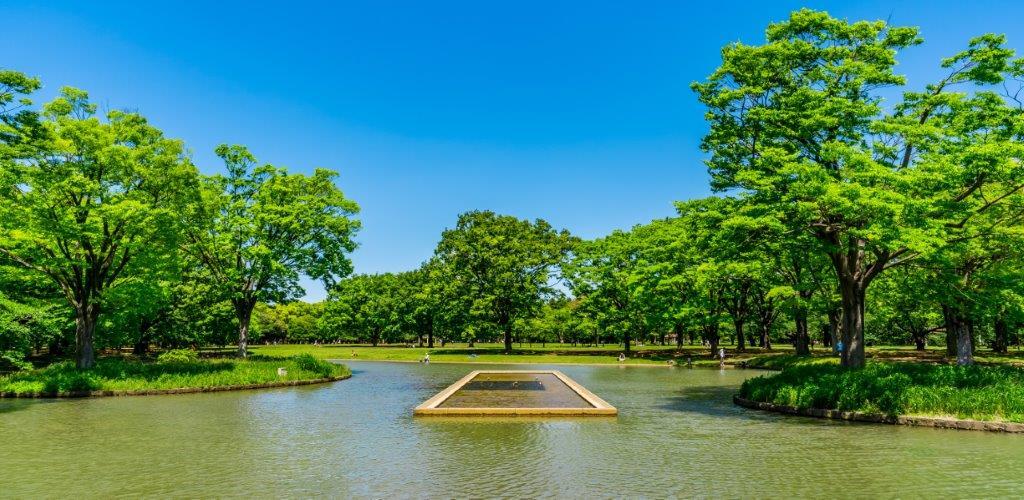
Yoyogi is often referred to as a collective name for “Yoyogi-Uehara”, “Yoyogi-koen”, “Komaba”, “Sangubashi”, and “Higashi-Kitazawa” districts, which all are a very quiet residential neighbourhood with many open green spaces suitable for families.
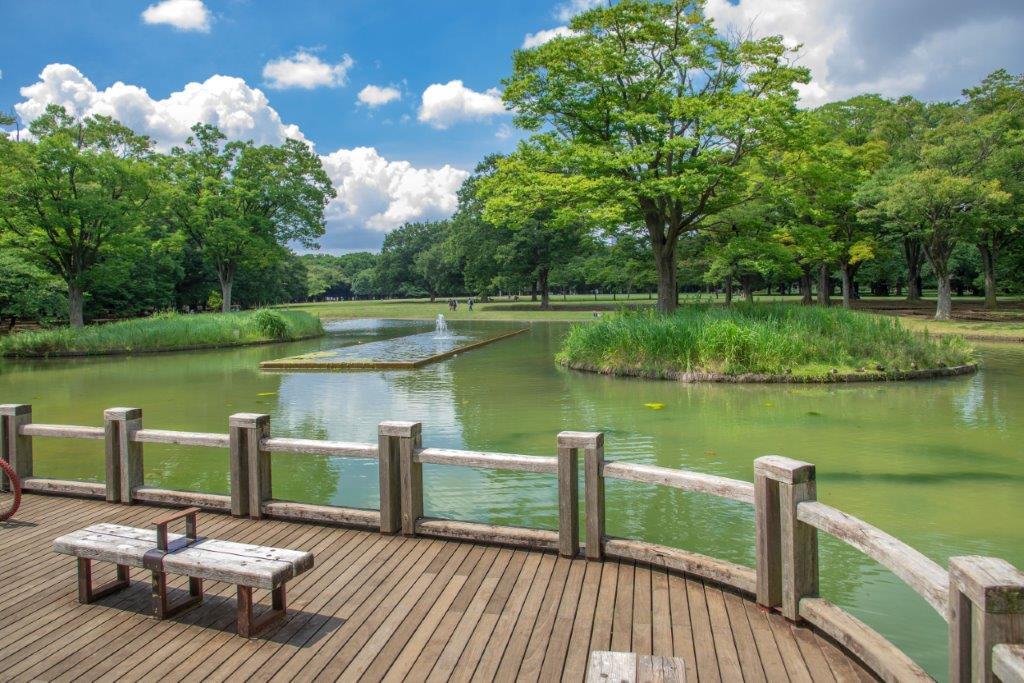
Back in 1964 when Tokyo hosted the first Tokyo Olympics, the area where the Yoyogi park is situated was the main site of the Olympic Village with the National Stadium and Yoyogi National Gymnasium as the main venues. And now it is one of Tokyo's largest parks with ponds, forested areas, cherry trees and ginkgo trees, where people enjoy jogging, cycling, having picnics, or playing badminton, and also international themed festivals are occasionally held.
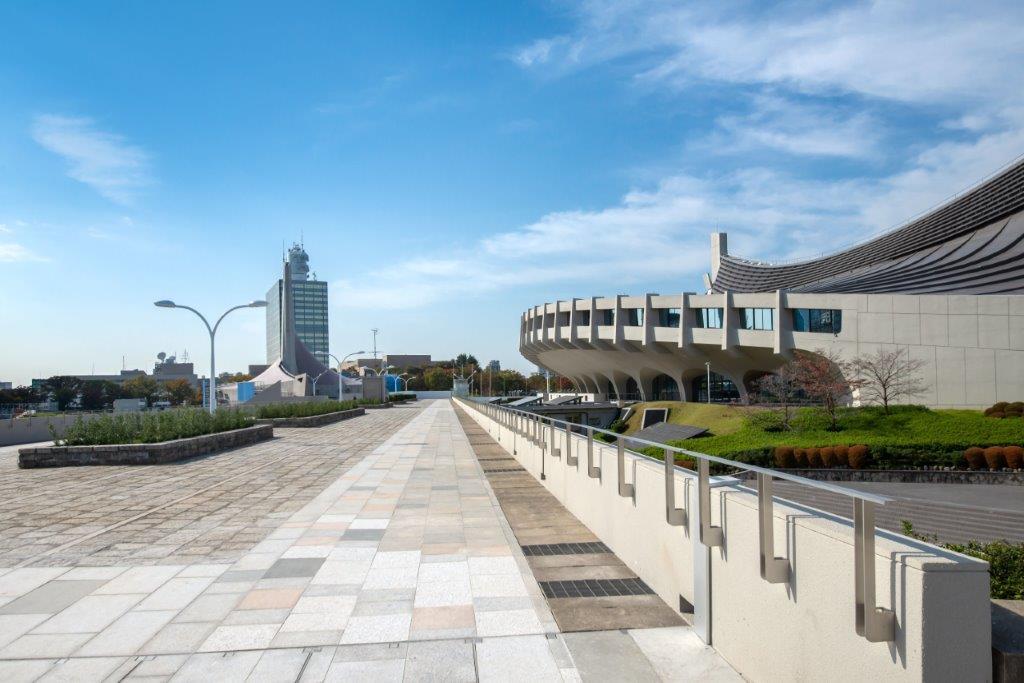
This district is located nearby Shoto and has a similar atmosphere, a rich neighbourhood with luxury houses, low-rise apartments, and schools, being very popular amongst both Japanese and expat families for the high security and tranquility. It is also the closest residential area in the central Tokyo to ASIJ (The American School in Japan), a suburban international school, located about 30 min bus ride away from the area.
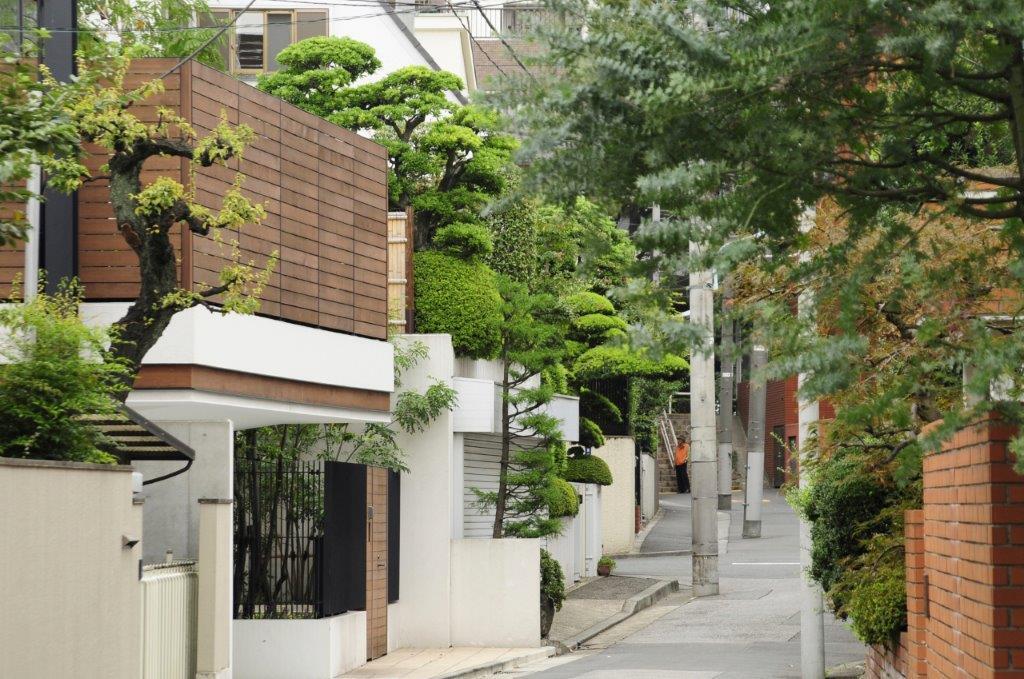
It may be confusing, but “Yoyogi area” usually does not refer to the area around Yoyogi station on JR Yamanote Line. Yoyogi station is closer to Shinjuku area with a more local atmosphere.
ACCESS
- Yoyogi-uehara station on “Chiyoda” line & “Odakyu” line
- Yoyogi-koen station on “Chiyoda” line
- Yoyogi-hachiman station on “Odakyu” line
- Higashi-kitazawa station on “Odakyu” line
Shimokitazawa

Shimokitazawa is an area with a unique and retro touch to it as seen on the narrow back alleys stuffed with indie second-hand & vintage clothing shops, music venues, used vinyl shops, quirky cafes and little old theatres. Despite being rather far from the central Tokyo area, its address is quite sought after due to the subcultural atmospheric streets and cheaper living expenses.
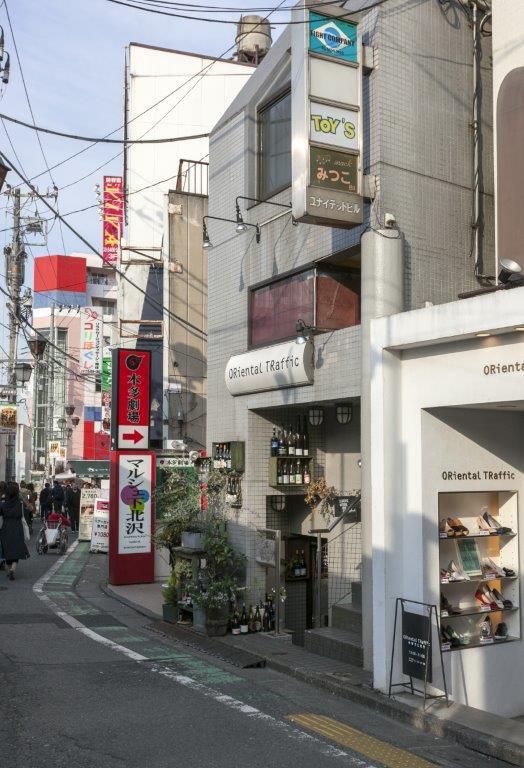
There is a quiet residential neighbourhood outside of the commercial area around the station, with some luxury low-rise apartments & houses designed for foreign tenants. But many of the existing houses are still in Japanese traditional way where they stand very close to each other and streets are so narrow and winding.
Another popular charming area “Sangenchaya” is within walking distance.
Easy access to Shinjuku by “Odakyu” Line and Shibuya by “Inokashira” Line.
ACCESS
- Shimokitazawa station on “Odakyu” line & “Keio Inokashira” line



